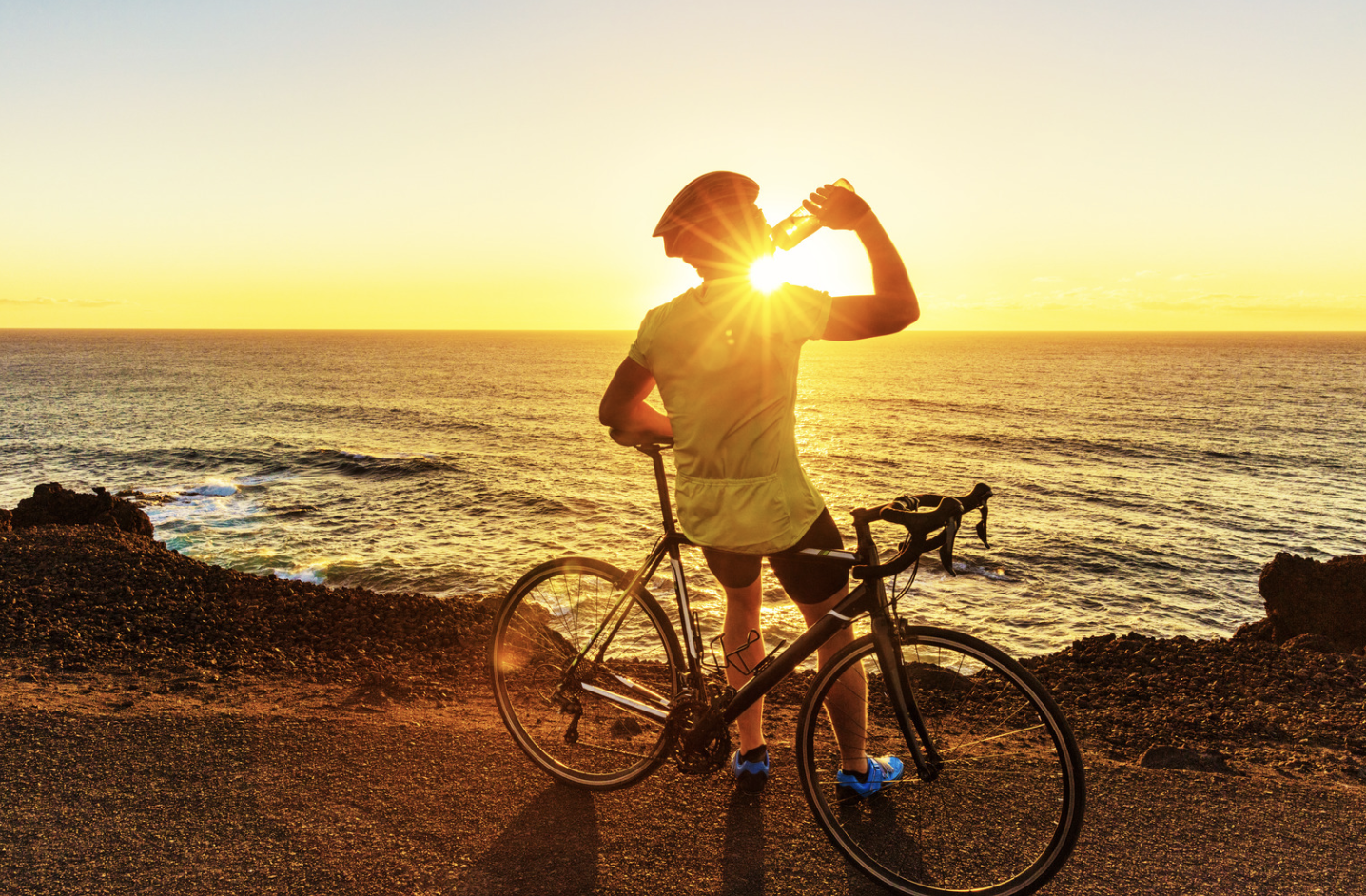Seoul International Hikers Club president Park Jeong-ho shares his favorite paths.
Hiking is a South Korean favorite. Outdoor exercise is widely believed to maintain health and mental clarity in old age in Korea. Thus, fit octogenarians may pass you on high mountain paths.
The Baekdu-Daegan mountain ridge stretches vertically across South Korea from Jirisan in the south to Seoraksan and Taebaeksan in North Korea. Due to Korea’s four seasons, there are many wonderful hiking spots with changing landscape.
Seoul, the capital, has seven mountains. Some of the world’s most frequented national parks, like Bukhansan, are in the city. Outdoor leisure app AllTrails lists 142 paths of varied complexity in the city. Many metro riders on Saturday mornings are equipped in hiking gear for a day in the mountains.
Park Jeong-ho, who founded the Seoul International Hikers Club in 2005, knows Seoul’s hiking paths better than most. His top Seoul hiking paths are listed below.
1. Best for city exploration: Seoul Trail
Former Seoul mayor Park Won-soon created this 157km multi-day, epic-but-gentle-on-the-knees track that encircle the megacity. As Seoul’s longest-serving mayor from 2011 to 2020, he prioritized outdoor activities to improve the city’s quality of life. The path has eight courses, from 33.7km to 12.3km, so travelers may complete one, a couple, or the whole circle.
“The Seoul Trail hugs the outer city boundary, where it’s formed of gentle paths along the slopes of the mountain peaks that ring Seoul,” Jeong-ho. Visitors may experience Seoul’s greatest Han River vistas across the metropolis. The journey is simple unless you go the full 157km!”
Eighty-five of the 157km network is in woods and 32km near streams. This is a great, well-marked way to see Seoul.
“In early spring, the Seoul Trail section near Anyang stream [Course 6] is my favorite. Thousands of trout leap out of the water to swim against the flow and deposit eggs upstream. Amazing sight “said Jeong-ho.
2. Bugak Skyway for aerial views
Jeong-ho loves the Bugak Skyway, a hiking path and road along Bugaksan (Mt Bugak) north of downtown Seoul for “its exceptional beauty”.
SPECIALIST
The Seoul International Hikers’ Club was created in 2005 by Hankuk University of international Studies Korean literary instructor Jeong-ho Park and five international and one Korean academics. The self-described “civilian ambassador and peacemaker” Park has led thousands of Seoul expats on treks to make friends and learn about Korean culture and environment.
He says the Palgakjeong Pavilion, a traditional eight-cornered pavilion at one of the Skyway’s highest points, and the 360-degree panoramic views over the city and Bukhansan National Park’s peaks among the trail’s highlights. The Blue House, the South Korean president’s former home until 2022, is also visible to hikers.
Mayor Park commissioned this route following public appeal. The trailhead is readily accessible from Hansung University station on Line 4, and the Skyway may be cycled for 6-7km. Hikers may leave Palgakjeong Pavilion (altitude: 342m) and return or continue down the opposite side to Buam-dong to have homemade kimchi mandu at Jaha Son Mandu. Oscar-winning Parasite’s stairwell is feet away.
3. Spiritually best: Inwangsan
If you say “Inwangsan” (meaning “mountain of the generous king”) to most Seoulites, they’ll sigh with nostalgia. This enigmatic mountain northwest of downtown Seoul is not to be missed for its 4km twisting summit walk, views east over Gyeongbokgung, the biggest of Seoul’s five great palaces, and an old shamanic temple used for exorcisms. Guksadang Shrine, south of the peak, has a lone female shaman chanting in a trance, food offerings on an altar, and possibly a grinning pig’s head on a spike, resembling Lord of the Flies. You may feel like you’ve entered another time.
“From Gyeongbokgung station on Line 3, take exit 2 and walk north for about 1 mile (1.6km) or take a bus marked ‘Buamdong’ until you reach the Hill of Yun Dong-ju the poet,” said Jeong-ho. “From there, follow the signs for the Inwangsan hiking trail – there’s only one – and enjoy the views of the old Seoul City Wall.” Large granite rocks called for their appearances, such as “train rock” and “worm rock”, abound along the road.
4. Best picture spot: Gwanaksan
Gwanaksan, the trek to the peak of Mt Gwanak (632m) in the extreme south of Seoul, competes for Jeong-ho’s “most beautiful hiking trail in Seoul” and is more challenging than the previous suggestions.
TIP: Locals like greeting people while trekking. Say “Annyeong haseyo!” to passerby.
• After hiking, Park advises makgeoli (rice wine) and haemul pajeon (seafood and leek pancakes), a feel-good combination.
No hiking boots? No issue. Boots cost 2,200 KRW (£1.30) a day at the Seoul Hiking Tourism Center, five minutes from Bukhansan Ui station.
Horse- and elephant-shaped boulders line the trail, while the Jogye Order of Korean Buddhism’s stunning Yeonjuam hermitage is positioned near the top. It may be Seoul’s most picturesque.
The route is well-marked from Seoul National University’s main campus (Gwanak station – Sillim line). Jeong-ho loves to locate a decent spot at the summit and think about Yeonjuam’s Buddhist hermits. “Hundreds of years ago, this location was more tougher to get. Isolating oneself from the world and embracing loneliness, like monks, has a melancholy beauty, according to Jeong-ho.
He suggests heading down the mountain to Gwacheon, a satellite city of Seoul linked to the metro, and following the signs to the old Gwacheon Hyanggyo Confucian Academy. Hikers may find delicious eateries like The Chadol, which offers duck hotpot in a sizzling vat, and Igangsan Sutbul Dakgalbi, which serves spicy chicken thighs in a huge pan with rice cakes and veggies.
5. Best for athletes: Dobongsan, Baegundae
If you’re in excellent condition and just have time for one trek in Seoul, Jeong-ho advises Bukhansan National Park to climb Baegundae (836.5m) or Dobongsan (740m), Seoul’s highest mountain and most difficult path. Both summits are steep granite protrusions that need fixed ropes, so you’ll need good hiking shoes despite the well-maintained paths and low elevations.
Baegundae takes four to five hours to hike, however there are alternative paths to visit Buddhist monasteries such Mulyangsa. Stone stairs with railings make up much of the major trek. After getting past the fortress wall, the steepest and most difficult section of the course involves hauling oneself up rock cliffs on fastened metal ropes. Weekend traffic is expected. On top, a vast South Korean flag-adorned plateau gives 360-degree views of the park and city and is ideal for a packed lunch.
Starting at exit 1 of Dobongsan Station (Line 1 or 7) and following the hikers to the park entrance will put you in a different part of the national park. The route follows Y Valley, called for its form, to Darak Ridge, where Jeong-ho enjoys to watch expert rock climbers scale steep rock walls. The route next leads to Mangwolsa, Dobongsan’s biggest and most historic temple, which was formerly closed to the public to allow Buddhist monks to meditate.




